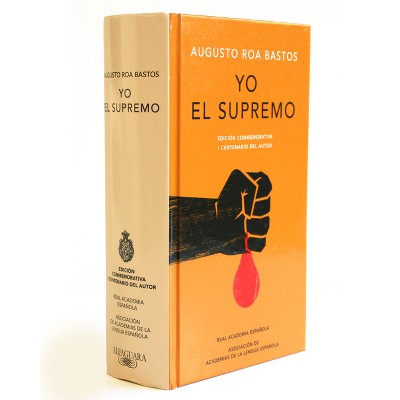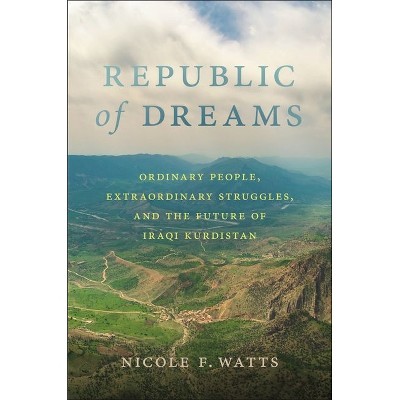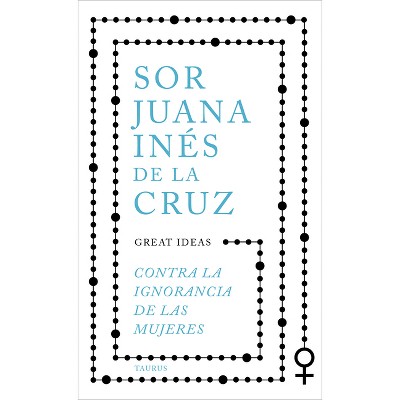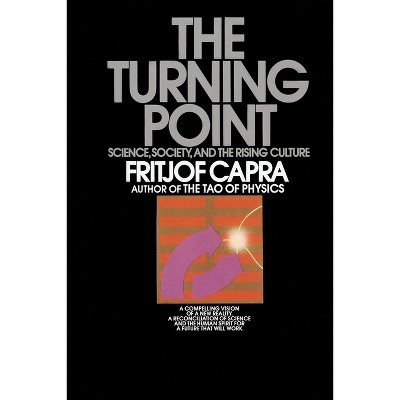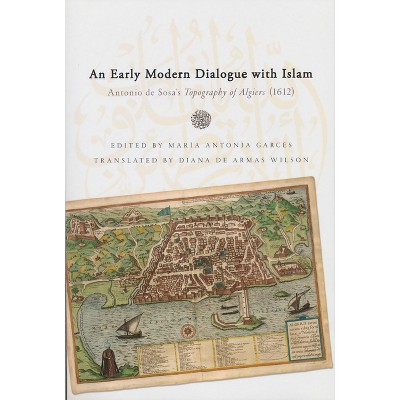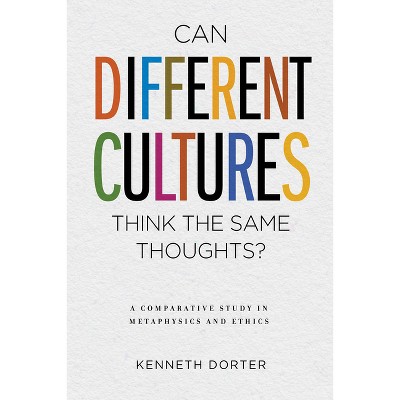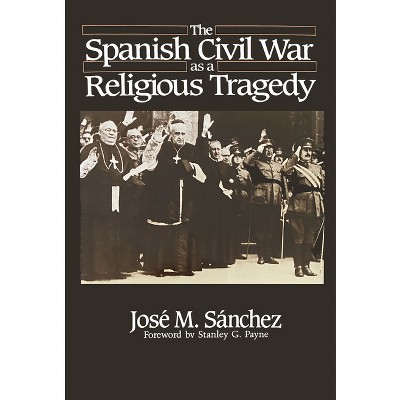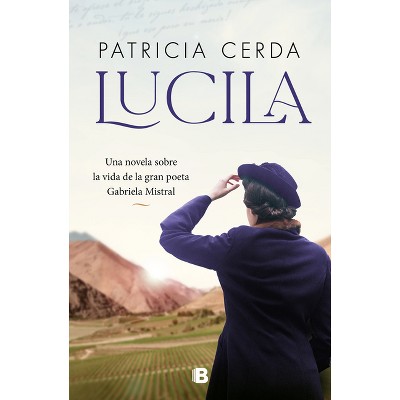Sponsored

Death and Conversion in the Andes - (History, Languages, and Cultures of the Spanish and Portugue) by Gabriela Ramos (Paperback)
In Stock
Sponsored
About this item
Highlights
- When the Spanish invaded the Inca empire in 1532, the cult of the ancestors was an essential feature of pre-Columbian religion throughout the Andes.
- About the Author: Gabriela Ramos is University Lecturer in Latin American History, University of Cambridge.
- 368 Pages
- History, Latin America
- Series Name: History, Languages, and Cultures of the Spanish and Portugue
Description
About the Book
This work examines death rituals in South America and how traditional native American beliefs fell to the wayside when Christian rituals came into power.
Book Synopsis
When the Spanish invaded the Inca empire in 1532, the cult of the ancestors was an essential feature of pre-Columbian religion throughout the Andes. The dead influenced politics, protected the living, symbolized the past, and legitimized claims over the land their descendants occupied, while the living honored the presence of the dead in numerous aspects of daily life. A central purpose of the Spanish missionary endeavor was to suppress the Andean cult of the ancestors and force the indigenous people to adopt their Catholic, legal, and cultural views concerning death. In her book, Gabriela Ramos reveals the extent to which Christianizing death was essential for the conversion of the indigenous population to Catholicism.
Ramos argues that understanding the relation between death and conversion in the Andes involves not only considering the obvious attempts to destroy the cult of the dead, but also investigating a range of policies and strategies whose application demanded continuous negotiation between Spaniards and Andeans. Drawing from historical, archaeological, and anthropological research and a wealth of original archival materials, especially the last wills and testaments of indigenous Andeans, Ramos looks at the Christianization of death as it affected the lives of inhabitants of two principal cities of the Peruvian viceroyalty: Lima, the new capital founded on the Pacific coast by the Spanish, and Cuzco, the old capital of the Incas in the Andean highlands. Her study of the wills in particular demonstrates the strategies that Andeans devised to submit to Spanish law and Christian doctrine, preserve bonds of kinship, and cement their place in colonial society.
Review Quotes
"Ramos has meticulously revised hundreds of archival documents in the production of this study, and her account of urban Andeans' readiness to accept Christianity is a welcome corrective to previous accounts of conversion that highlight resistance." --Journal of the Royal Anthropological Institute
"Ramos's book adds an important layer to the manifold aspects of the encounter between victors and vanquished. It demonstrates, once more, that what may look like a complete success for Christianity was not merely a result of coercion, but rather the result of adoption and adaptation by both sides, with a hybrid religious doctrine as the outcome." --European History Quarterly
". . . Ramos examines the establishment of indigenous hospitals and parishes, will-making, confraternities, burial places and rites and, together with the detailed figures provided in the appendices, she succeeds in producing a well-written, systematic and pioneering study of an important aspect of early modern Andean society." --Ecclesiastical History
"Death and Conversion in the Andes is more than just another approach to the colonization and evangelization of the New World. It is also an innovative research on the birth of Andean Catholicism, a hybrid creed, which proves the strength of ancient beliefs on the one hand, and the adaptability of humans--in this case Andeans and Spaniards alike--to changing political, religious, and cultural circumstances, being, in Ramos's words, 'actors in a major cultural transformation.'" --European History Quarterly
"Death and Conversion in the Andes: Lima and Cuzco, 1532-1670 looks at death rituals of the people of South America during this time and how traditional native American beliefs fell to the wayside and how Christian rituals came into power. Gabriela Ramos executes this history well and provides much insight into the period . . . a solid addition to any world or native American history collection." --The Midwest Book Review
"[Ramos's] interdisciplinary analysis finds that elite burials in consecrated ground contributed to the spread and acceptance of Christianity among urban sectors of the Andean population. . . . She portrays the church and its dictates as both a destructive force (of traditional beliefs and practices) and one that ordered an emerging colonial society." --The Americas
"Deserving a featured place in the already excellent scholarship on religion in the Andes, Ramos's work should contribute to graduate courses on empire, colonialism, evangelization, and ritual, as well as surveys of Latin American history. While future scholarship will have to examine death outside of Lima and Cuzco, Ramos's careful study should serve as a point of departure for future work on religious conversion in colonial Latin America." --Sixteenth Century Journal
"Gabriela Ramos has produced a deeply researched study that argues that the Christianization of death was crucial to the conversion of indigenous Andean peoples and to the construction of a colonial order. . . . a fine and important work of scholarship that is key to Andean studies and will contribute to ongoing discussions of how and why native Andean peoples responded, adapted, and made sense of Catholic tenets about the here and now and the hereafter." --The Catholic Historical Review
"Gabriela Ramos makes a compelling case that death was at the center of the spiritual encounter between Andeans and Spaniards in colonial Peru. . . . Ramos's work is based on a close reading of nearly five hundred wills written by indigenous residents of Lima and Cuzco . . . her deep research in previously underused sources offers abundant evidence of the importance of death in the encounter between Christians and indigenous people." --Church History
"Ramos exploited the difficult to access and use notarial records in Lima and Cuzco to amass a corpus of some 500 Indian testaments for her section on wills, graves, and funerary rites. This is a major effort and her analysis of them is exceptional. The result compares favorably to well-known studies of Spanish wills of the period, and provides for the possibility of comparison with the attitudes of the outsiders." --Renaissance Quarterly
"Ramos's subject is post-conquest Andean peoples' adaptive creativity in relation to beliefs and practices surrounding death, as well as the ways in which society was remade and relationships between its members restructured, by means of adaptations in the conceptualization of death and their expression in everyday actions and rituals. The book is one of the more original contributions of recent years, and makes a fine complement to Gose." --Bulletin of Latin American Research
About the Author
Gabriela Ramos is University Lecturer in Latin American History, University of Cambridge.
